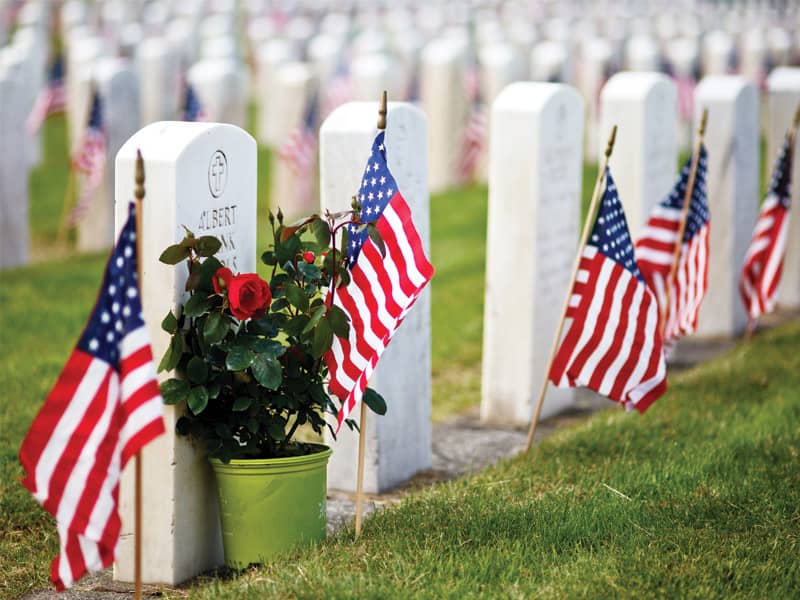2022-07-25
2022-07-25
More from beliefnet and our partners

